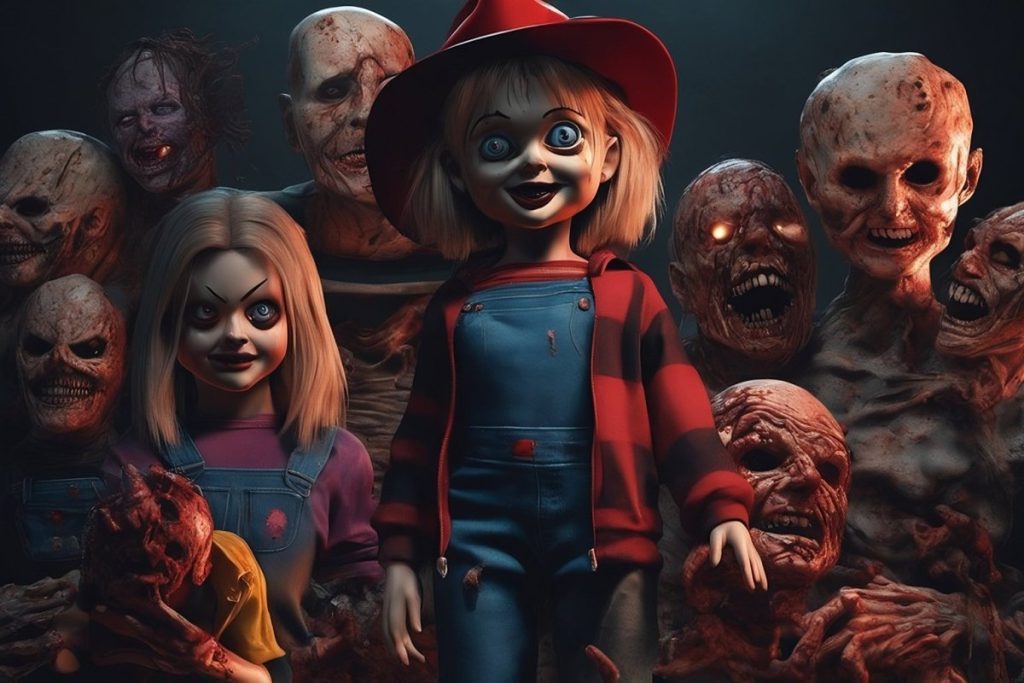As a lifelong horror devotee, the 1990s hold a special place for me as a transitional decade that radically reshaped genre conventions on the brink of a new millennium. Following the lucrative slasher boom of the 1980s, the 90s saw seismic shifts in studio priorities, cultural tastes, and what mainstream audiences considered frightening. By revisiting horror’s uncertain status in that era, we gain deeper insight into the evolutionary forces that breached new creative territory.
The early 90s saw horror falling out of fashion creatively and commercially compared to the previous decade. Sequels to cash cow franchises like Nightmare on Elm Street and Friday the 13th drove studios to creative bankruptcy. Audiences grew numb to the tired tropes of teens stalked for premarital sins. And the comic wisecracking of Freddy Krueger eroded all traces of sincerity. Horror had become both stale and a critical punching bag, lacking prestige.
Sliding attendance and direct-to-video dumps reflected genre fatigue. New voices struggled to break through the studio stranglehold on horror trends. But these conditions set the stage for trailblazing directors like Wes Craven to reinvent formulas and postmodern saviors like Scream to make self-awareness cutting-edge. Necessity bred invention.
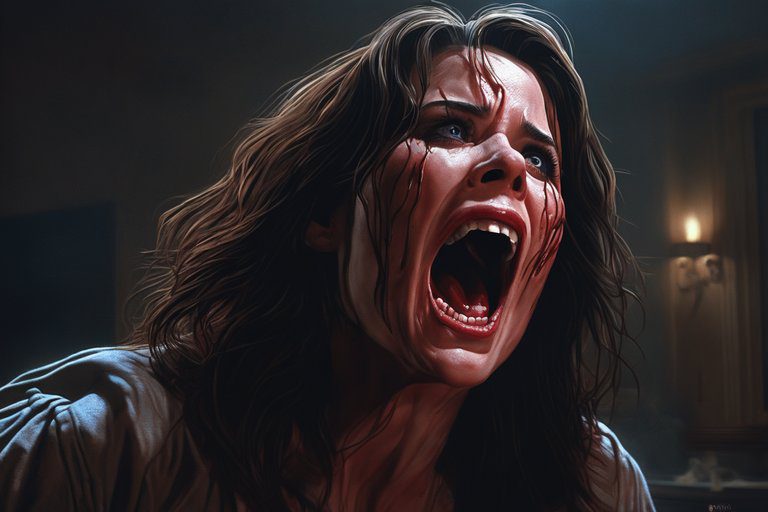
As the 80s maligned slasher template waned, two crucial new creative avenues emerged in the indie scene and mainstream prestiege pictures. Sundance hits like Reservoir Dogs brought Tarantino’s grindhouse influences to art house crowds while The Silence of the Lambs dominated Oscars. Diverse new styles bloomed below Hollywood’s radar.
Notable indie voices like Robert Rodriguez, Sam Raimi, and Peter Jackson gained mainstream studio deals on the heels of scrappy early hits, bringing fresh perspectives. Horror benefited from the “outsider” spirit of the 90s indies, feeling dangerous and subversive again even within commercial studios. Directors took risks and challenged boundaries as Harvey Weinstein’s Miramax dominated the decade.
While R-rated adult horror thrived, the genre also increased overall diversity. More women and international directors emerged to shake up the straight male dominated landscape. From New Zealand gorefests to sensual French thrillers, variety flourished. Horror also embraced potent AIDS and LGBTQ metaphors to increase representation. Taboos toppled as quickly as fresh blood spilled.
Technological strides also left huge impacts. Advancing CGI allowed visionary directors to exercise wild imaginations, for better and worse. Atmosphere suffered at times as glossy aesthetics robbed horror of gritty personality. But digital filming expanded possibilities for burgeoning young talents to break in affordably. Accessibility mirrors creativity.
As a hallway juncture between decades, the 90s crafted horror as a reflection of societal tension. Serial killer cases terrified America in the aftermath of Hannibal Lecter. Tech paranoia brewed regarding the Millenium’s digital revolution. And distrust of authority surged from Waco to D.C., making monsters of men instead of creatures. Horror turned topical as politics polarized.
These cultural undercurrents filtered into 90s horror via allegories about societal contagions, oppressive authority, and evil lurking behind the mundane. Horror movies became conduits for working through real-life anxiety as American innocence died on screen. Our collective psyche was as ripe for haunting as any decrepit Gothic manor.
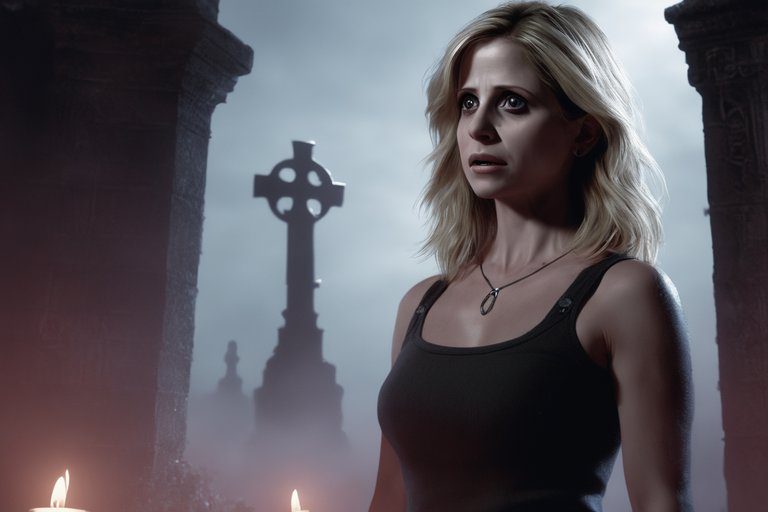
By the decade’s close, postmodern, self-aware teen horror ushered in by Scream had reignited mainstream fandom. Hollywood rushed to recreate its slick formula. Horror hungered to break cynicism and reclaim box office glory. Craven and Carpenter found renewed purpose. But uncertainty loomed regarding whether the genre had truly evolved, or merely reset the same slash and burn cycles. We see with hindsight the road was still long.
The 90s made horror feel dangerous and subversive again, while expanding its artistic diversity. But it was only just crossing into the wilderness. Landscape changes were still more nascent than fully formed. In retrospect, the 90s represented restless adolescent angst – horror had outgrown the past but not yet matured. The most exciting changes still lurked beyond the next millennium. But the decade undoubtedly marked horror’s transitional turning point.
Looking back, the 90s formed the connective tissue linking horror’s golden age heyday to its uncertain digital future. One foot remained firmly planted in the practical effects and tangible textures of the genre’s gritty youth, while the other tentatively dipped into glossy CGI waters. History views the decade as a gestation period for horror.
Directors like Guillermo Del Toro and Peter Jackson emerged wielding monumental imaginations,digital tools only enhancing their visions instead of limiting them. But compromises between studio pressure and true creative freedom remained in delicate balance. It was a decade of potential energy building slowly.
And audiences found themselves equally conflicted by new attitudes and old comforts. The ironic playground of self-aware slashers coexisted uneasily alongside Oscar prestige. Which direction forward seemed unclear. But change permeated the air, even if mainly below the surface.
It’s mystifying in retrospect that a movie as daring and inventive as New Nightmare was mostly overlooked in 1994, despite pioneering meta-horror years ahead of Scream. Perhaps audiences weren’t ready to see the genre turned fully inward upon itself. But that film predicted where horror aimed to travel.
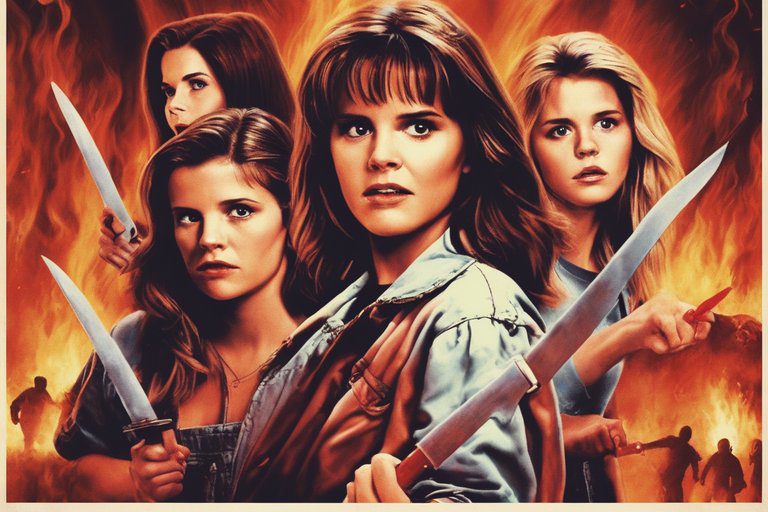
Looking back, the 90s’ growing pains make sense. The horror kid was becoming an adult, with one foot still happily planted in the comfort of their former youth. Newfound maturity banished innocence and demanded fresh complexities. By decade’s end, change was coming forcefully whether the genre was ready or not.
Of course the arrival of DVD special editions and bonus features also dramatically enhanced fandom. Being able to dissect every frame only fueled obsession. Horror’s roots grew deeper simultaneously with its Hollywood crown stretching higher. Rapid growth brings pains.
But it was an invigorating time to witness paradigm shifts creeping across horror’s skyline daily. As old guards stepped aside for new voices, diversity took priority. Creative risks got encouraged, not restrained. Horror’s future was unwritten, full of potential. That pioneering spirit endures as the genre’s lifeblood.
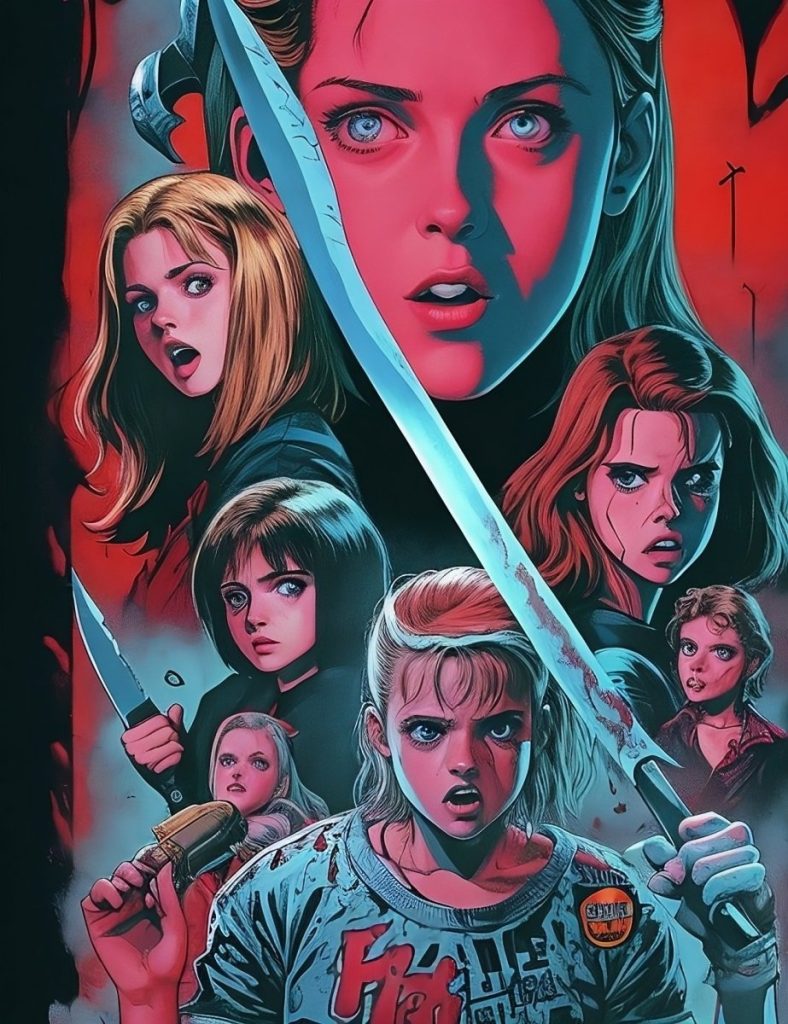
The 1990s made horror dangerous again after becoming too familiar and commercialized. It began the difficult transition toward wider artistic acceptance that directors like Jordan Peele now carry forward. But seismic evolution never occurs smoothly. We forget the uncertainty, anxiety, and misfires that accompany transitional periods. Progress emerges slowly through phases.
By reexamining 1990s horror in context, we see beyond superficial decade generalizations to broader patterns and artistic lineages. Craven and Carpenter’s reinvention epitomized horror’s resilient spirit. As constraints collapsed, creativity crossed into new frontiers. The 90s proved growing up can be horrific, but on the other side awaits uncharted possibilities.

